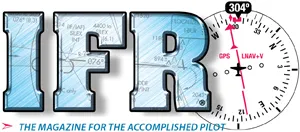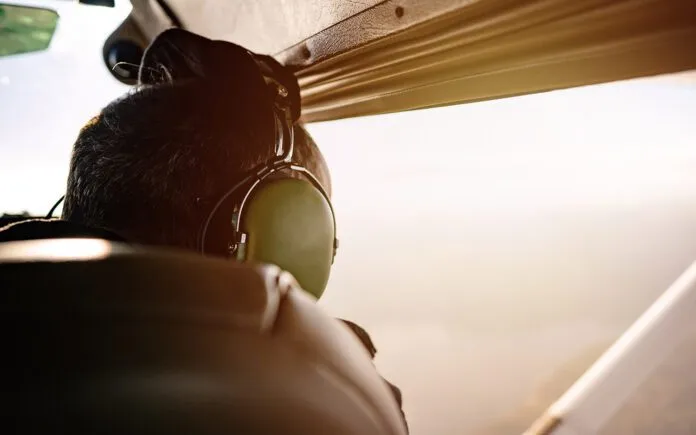Recently someone reached out to me to discuss Richard McSpadden’s accident. While I try not to be a Monday-morning quarterback, he asked general questions that are worth exploring.
When flying more advanced equipment, starting with light twins, it’s common for the pilot flying to give a takeoff briefing. However, usually that’s simply regurgitating a standard mantra without considering it further. So, that memorized briefing often doesn’t account for that airport on that day—things like runway length, surrounding terrain and obstacles, weather, etc.
Beginning now, my takeoff briefing will be unique to that takeoff from that location with that day’s conditions. Further, I’d recommend such a briefing precede every takeoff, including those in single-engine aircraft.
Is it worth trying to return to the runway after an engine failure? This is situation specific that’s lacking one correct answer. However, the answer for that takeoff should be explored in that takeoff briefing.
Generally speaking, there are times when a controlled, low-speed crash straight ahead might be preferable to a return to the runway with an uncertain outcome. Practice to find out the minimum altitude you need to successfully make that turn back and land. Then add a few hundred feet for your startle factor and for time to adjust. Don’t try it for real at less than that altitude. Instead, if needed, pick the softest spot within about 45 degrees ahead and go there at the lowest speed practical.
What about the pilot’s recent experience? Sure, we could use modern digital tools to see how recently that aircraft flew, but we can’t as easily determine the pilot’s recent experience. But, is that a measure of safety? Perhaps, but I know some pilots whom I’d trust more after a year hiatus than some who flew yesterday. Each pilot should evaluate their own level of proficiency for each flight.
News flash: Flying in GA is risky. We do everything we possibly can to mitigate that risk, but the risk is never zero. In fact, nothing we ever do in life has a risk of zero. Whether we do it consciously or not, every activity we undertake has risks that need evaluation in terms of the benefit—the ol’ risk/reward trade-off.
I’ve talked about this before, but it’s a worthy topic. In aviation, we accept the risks to gain the reward. We should then do everything in our power to reduce risks. For example, before I got an instrument rating, my wife enjoyed flying from our home on the California coast, to an airport near a delightful beachside restaurant. Frequently, the evening weather would deteriorate, so I got the instrument rating.
Still, flying a single over coastal mountains in night IMC had risks. So, we traded in the Mooney for a Twin Cessna. Anyway, it’s all a balancing act and I, for one, trust my machine and my ability to handle it. Perhaps that trust is arrogant and misplaced and one day it’ll kill me, but I enjoy flying and receive extensive reward from it, so that’s an acceptable risk/reward ratio for me. That said, within that framework I do everything I can to reduce the risks (flying frequently, annual recurrent training, regular safety seminars, etc.)
We each must determine our own risk/reward go/no-go point. Make sure yours is carefully considered, then enjoy your flight.





